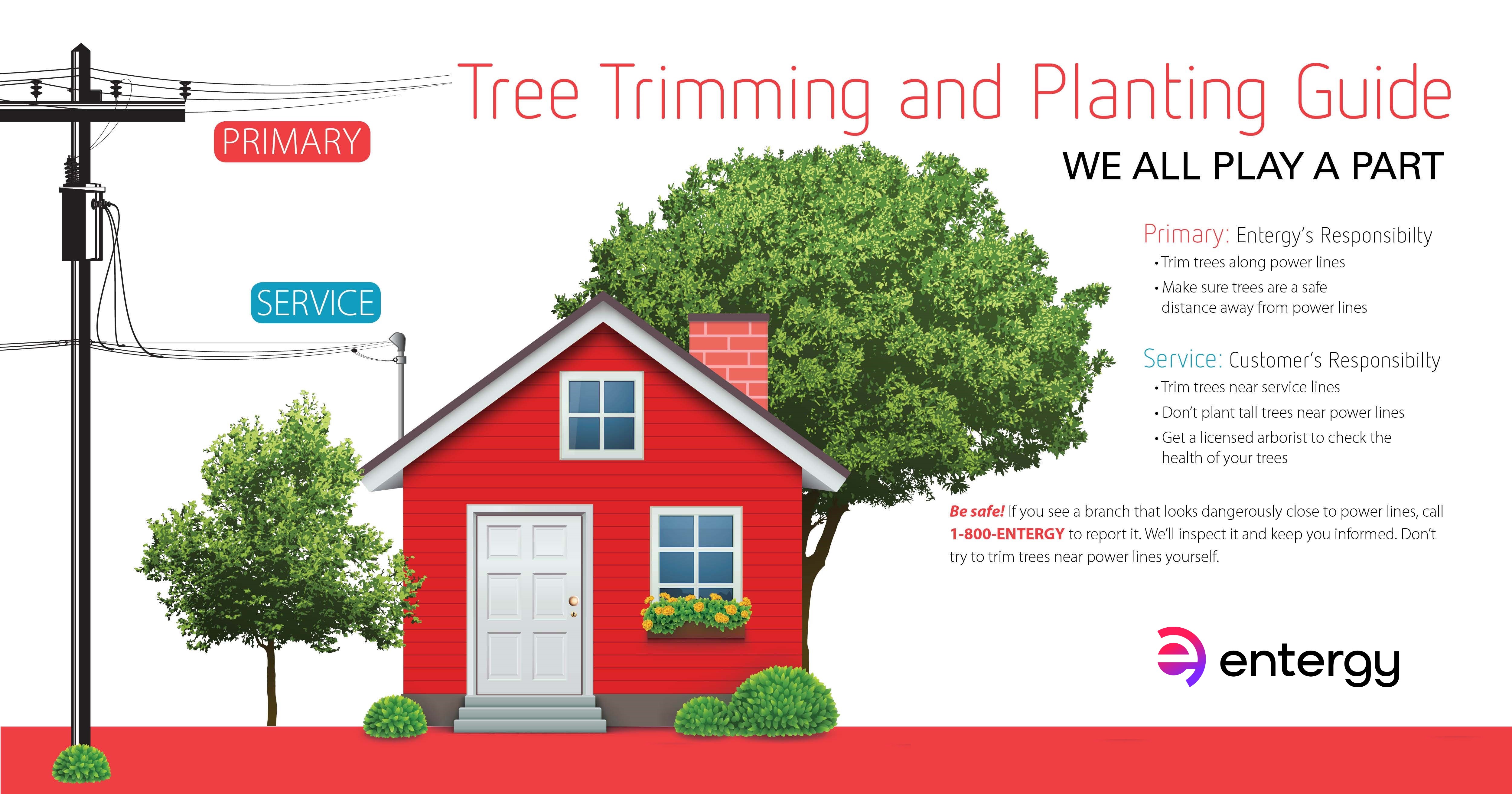Determine Crucial Signals That May Suggest Your Tree Is Harmful; Comprehending These Can Aid Make Sure The Security Of Your Residential Or Commercial Property And Enjoyed Ones.What Should You Observe Following?
Determine Crucial Signals That May Suggest Your Tree Is Harmful; Comprehending These Can Aid Make Sure The Security Of Your Residential Or Commercial Property And Enjoyed Ones.What Should You Observe Following?
Blog Article
Created By-Lillelund Butcher
When it pertains to tree treatment, recognizing the indications that it's time for removal is crucial for your safety and security and property. You might observe discolored fallen leaves, wilting branches, or strange fungal developments suggesting illness. Architectural problems, like a substantial lean or splits in the trunk, can also posture risks. Comprehending these indication can aid you make notified choices concerning your trees and protect against potential hazards lurking in your yard. What should you look for next?
Indicators of Degeneration and Illness
When you observe indications of degeneration and illness in your trees, it's vital to act quickly. Look for tarnished leaves, wilting branches, or uncommon developments like fungus. https://connerrmgbv.liberty-blog.com/35413562/tree-stump-removal-reliable-techniques-for-a-safe-and-thorough-backyard-clean-up can show that your tree is battling.
If you see cracks in the bark or soft, mushy wood, these signs recommend internal decay. Furthermore, an unexpected rise in bugs around your tree can signify that it's weakened and vulnerable.
Check for any kind of dead or passing away limbs, as they position a threat to your residential property and safety. If you're uncertain concerning what you see, getting in touch with an arborist can provide clearness.
Attending to these signs early can conserve you from a lot more substantial damages and guarantee the wellness of your yard. Do not wait up until it's too late.
Structural Instability and Leaning
As you observe your trees, keep an eye out for any type of indicators of architectural instability or leaning. If a tree leans substantially, it might indicate that the root system is compromised.
Try to find any type of fractures in the trunk or dirt around the base; these can signify prospective failure. Furthermore, look for unusual growth patterns, like a lopsided crown, which might recommend that the tree is having a hard time to hold itself upright.
If you discover that the tree favors your home, high-voltage line, or other structures, it postures a higher danger. Don't disregard these signs-- speak with an arborist to examine the circumstance.
Acting early can avoid costly damage and ensure your security.
Dead or Perishing Branches and Foliage
If you notice dead or dying branches and foliage on your tree, it's a clear indication that something's wrong.
These unhealthy locations can indicate underlying issues like illness, bug invasions, or ecological anxiety. When branches lose their leaves or turn brownish, they're no more adding to the tree's health and wellness. Disregarding Tree Removal Company Near Me might bring about further decrease, making your tree much more harmful.
Dead branches can quickly break off during tornados, positioning a danger to building and individuals close by. It's crucial to examine the level of the damage.
If the trouble impacts a substantial part of the tree, consider seeking advice from a specialist. They can aid figure out if elimination is required to ensure security and maintain the elegance of your landscape.
Verdict
If you observe any indications of decay, architectural instability, or dead branches on your trees, don't overlook them. These indications can posture major security dangers to you and your residential or commercial property. It's always best to speak with a professional arborist that can provide a specialist analysis of your trees. Taking action early can avoid accidents and costly damage, guaranteeing your landscape continues to be safe and healthy and balanced. Remember, it's better to be aggressive about tree treatment than to await a calamity to happen.
